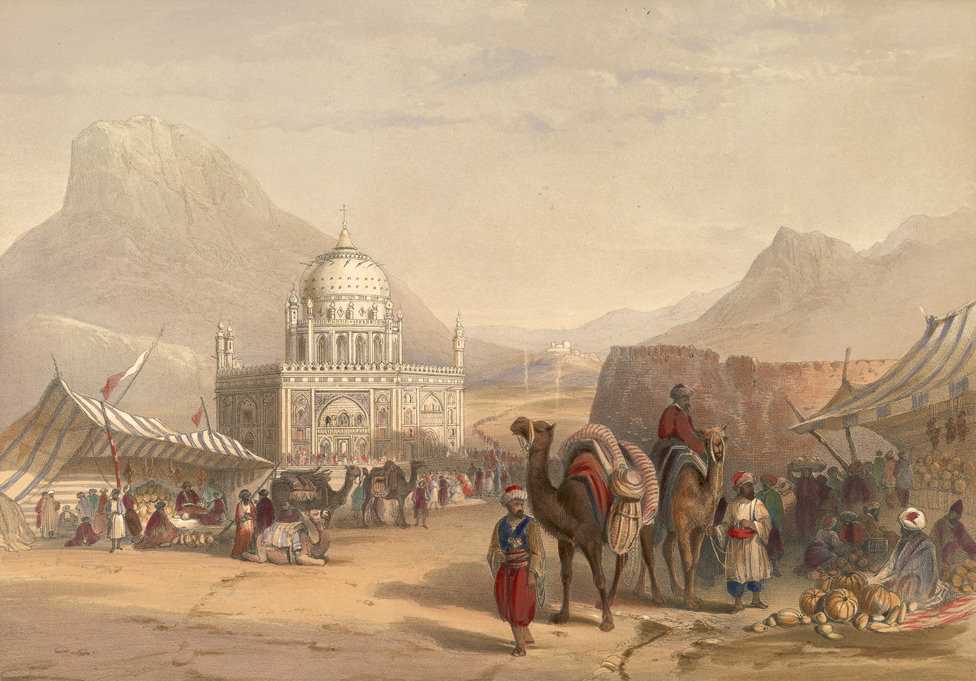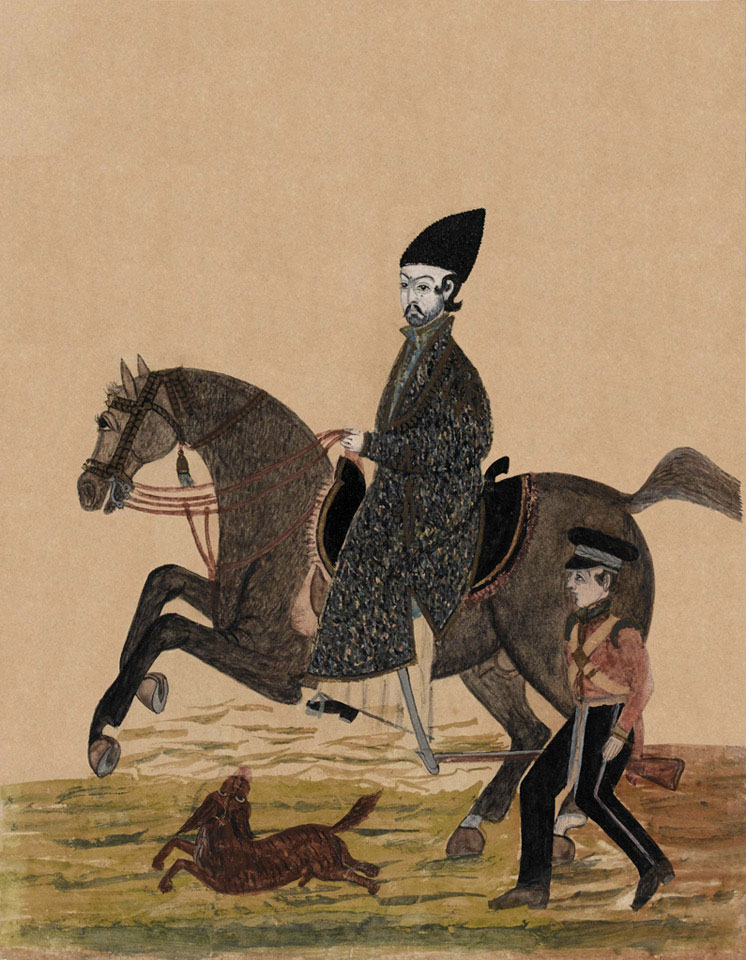How to get URL link on X (Twitter) App

https://twitter.com/Masud76058905/status/1462107096590262275Jadunath Sarkar, she reached her 16th year in February 1756).

 disrespect those who had risen against them. It is very noticeable that Pashtun freedom fighter is drawn with looks of a villain. He looks as of he is possessed by evil demons.
disrespect those who had risen against them. It is very noticeable that Pashtun freedom fighter is drawn with looks of a villain. He looks as of he is possessed by evil demons.
https://twitter.com/KhurramDehwar/status/13503750188034293771759, Adina Beg's widow and Sadiq Beg Khan joined the forces of Marathas in their flight from Punjab.

 frontier. Harry Lumsden realized that his soldiers in the red coloured uniforms will be very conspicuous in the dusty hills of frontier and will be easy target for the Pashtun snipers.
frontier. Harry Lumsden realized that his soldiers in the red coloured uniforms will be very conspicuous in the dusty hills of frontier and will be easy target for the Pashtun snipers. 
 content with women of his own harem and he fancied wives of other men, and common prostitutes ( Jacquemont has phrased them as "those which belong to every body").
content with women of his own harem and he fancied wives of other men, and common prostitutes ( Jacquemont has phrased them as "those which belong to every body"). 
https://twitter.com/HinduAfghan/status/1457418119362711552that Jauhar Aftabchi (the ewer-bearer of Mughal emperor Humayun) was assigned the pargana of Haibatpur (after it was wrested from Afghans). There he found that young children (not wives) of the "Mawalis" (a term used for servants, dependents or freed slaves of a household) of



 whether friend or foe, speak still in terms of the greatest admiration of his military skill, his nobleness of heart, clemency, and decision of character. His virtues were as numberless as his victories."
whether friend or foe, speak still in terms of the greatest admiration of his military skill, his nobleness of heart, clemency, and decision of character. His virtues were as numberless as his victories."
 According to Hari Ram Gupta (author of "History of the Sikhs"), Muqarrab Khan Gakkar gave his daughter in marriage to Ahmad Shah Durrani.
According to Hari Ram Gupta (author of "History of the Sikhs"), Muqarrab Khan Gakkar gave his daughter in marriage to Ahmad Shah Durrani. 
https://twitter.com/AliZoraiz142/status/1450513461188857862
 acts. You have yet to provide the evidence for your second claim that "Durranis" (Ahmad Shah Abdali, all of his successors, and his entire tribe) used to force their slaves to have sex in front of them for entertainment. I am waiting for it.
acts. You have yet to provide the evidence for your second claim that "Durranis" (Ahmad Shah Abdali, all of his successors, and his entire tribe) used to force their slaves to have sex in front of them for entertainment. I am waiting for it.


 (headmen of the village), women of bad-character assumed the garbs of righteous, and groups of ill-natured people prospered many times.
(headmen of the village), women of bad-character assumed the garbs of righteous, and groups of ill-natured people prospered many times. 

 the Heer when he likens a group of aggressive women to the Kabuli bitches (female dogs). Its poetry so it is open to interpretation but he is mostly likely talking about the Kabuli breed of dogs rather than Kabuli women. He certainly is not talking about Ahmad Shah Abdali.
the Heer when he likens a group of aggressive women to the Kabuli bitches (female dogs). Its poetry so it is open to interpretation but he is mostly likely talking about the Kabuli breed of dogs rather than Kabuli women. He certainly is not talking about Ahmad Shah Abdali. 


 Chishti, the 'Sajjada Nishin' (the hereditary guardian) of the famous shrine of the saint Farid Shakarganj, in Pakpattan. Hira Singh collected a large number of troops and proceeded to Pakpattan to plunder the jagir of Shaikh Subhan and punish its Muslim population.
Chishti, the 'Sajjada Nishin' (the hereditary guardian) of the famous shrine of the saint Farid Shakarganj, in Pakpattan. Hira Singh collected a large number of troops and proceeded to Pakpattan to plunder the jagir of Shaikh Subhan and punish its Muslim population. 
 Muslims. Mughals would have easily exterminated the menace of Sikh marauders but Adina Beg (who was in the service of Mughals) made sure that Sikh marauders were not eliminated.
Muslims. Mughals would have easily exterminated the menace of Sikh marauders but Adina Beg (who was in the service of Mughals) made sure that Sikh marauders were not eliminated.
 Pashtuns settlers in 16th century, majority whom belonged to the Khweshgi (also spelled as Kheshgi) tribe of Pashtuns. The twelve forts were named after the heads of the twelve clans of Kheshgis. Seven of the twelve forts were still standing in 1871 as reported by Alexander
Pashtuns settlers in 16th century, majority whom belonged to the Khweshgi (also spelled as Kheshgi) tribe of Pashtuns. The twelve forts were named after the heads of the twelve clans of Kheshgis. Seven of the twelve forts were still standing in 1871 as reported by Alexander

 in 1842 to restore their injured pride and ego, to upset the sentiments of Pashtuns (British erroneously thought that Sultan Mahmud was a Pashtun) and to gratify the Hindus.
in 1842 to restore their injured pride and ego, to upset the sentiments of Pashtuns (British erroneously thought that Sultan Mahmud was a Pashtun) and to gratify the Hindus.
 downfall of the Pashtuns in India and restoration of Mughals to the throne, Jalaluddin Kasi renounced the world and moved to Unnao (UP, India) where he joined the khanqah of Shah Mahmud Chishti. Later he went to the tomb of Shaikh Badrud-Din of Badaun where he
downfall of the Pashtuns in India and restoration of Mughals to the throne, Jalaluddin Kasi renounced the world and moved to Unnao (UP, India) where he joined the khanqah of Shah Mahmud Chishti. Later he went to the tomb of Shaikh Badrud-Din of Badaun where he
https://twitter.com/WaqarEY/status/1442506455106523140"On the 25th Zil Qada, Ghulam Qadir called Prince Akbar, Suleiman Shikoh, and the other Princes, nineteen in number, before him, and with harsh words called upon them to sing and dance before him. They declined ; but he would not listen to them, saying that he had long heard

 essentially cultivators, never leaving a pastoral life. In general they form the most peaceable class of the population, but in the Kohistan the case is reversed. Turbulent and vindictive their blood feuds are there endless. It is rare to see a man go to hunt or even ride out
essentially cultivators, never leaving a pastoral life. In general they form the most peaceable class of the population, but in the Kohistan the case is reversed. Turbulent and vindictive their blood feuds are there endless. It is rare to see a man go to hunt or even ride out

 artist and was painted around the time of the First Afghan War (1838-1842) for an unknown Afghan patron. In my opinion the painting was demonstrating and symbolizing the victory and superiority of Afghans over Firangi invaders. The Afghan sardar is noticeably drawn larger
artist and was painted around the time of the First Afghan War (1838-1842) for an unknown Afghan patron. In my opinion the painting was demonstrating and symbolizing the victory and superiority of Afghans over Firangi invaders. The Afghan sardar is noticeably drawn larger

 Aslam Khan's father Usman Khan served as Grand Wazir of Shah Shuja in 1840-1842. He fled to Peshawar after the Anglo-Afghan war and joined the British.
Aslam Khan's father Usman Khan served as Grand Wazir of Shah Shuja in 1840-1842. He fled to Peshawar after the Anglo-Afghan war and joined the British. 
